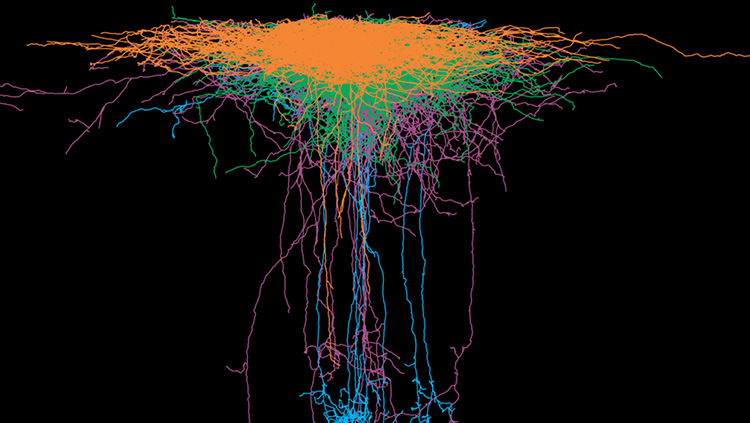Ask an Expert: Estimation Statistics and Statistical Power
- Featured in:
- Foundations of Rigorous Neuroscience Research

Join experts Robert Calin-Jageman and Katherine Button as they discuss their work in estimation statistics and statistical power. Watch the short videos introducing this work below, then watch the webinar as they, along with moderator, eNeuro Editor-in-Chief, Christophe Bernard, answer questions about how these statistical practices apply to your own work.
This Ask an Expert event is part of SfN's Foundations of Rigorous Neuroscience Research (FRN) program, which aims to increase awareness of the sociological and cultural factors that influence rigorous research practices. Share topic ideas or your own experience with cultural barriers to rigor in an anonymous survey.
Estimation for Neuroscience
The estimation approach to inference emphasizes reporting effect sizes with expressions of uncertainty (interval estimates). This video explains the estimation approach and how it can help you avoid common analysis errors when interpreting neuroscience data.
Why Statistical Power Matters
Statistical power is fundamental to the design and conduct of neuroscience research. This video explains the importance of considering power to avoid falling into the trap of making false inferences.
Ask an Expert: Estimation Statistics and Statistical Power
For more answers from the panelists and to continue the discussion go to the webinar's Neuronline Community thread.
Related Resources
Journal Articles:
- Estimation for Better Inference in Neuroscience — Why estimation?
Robert J. Calin-Jageman and Geoff Cumming. eNeuro 1 August 2019, 6 (4) ENEURO.0205-19.2019; DOI: 10.1523/ENEURO.0205-19.2019
- Equivalence Testing for Psychological Research: A Tutorial — Explains the important approach of equivalence testing and checking a confidence interval (CI) to see if all values are negligible.
Daniël Lakens, Anne M. Scheel, and Peder M. Isager. Advances in Methods and Practices in Psychological Science 1 June 2018, 1 (2), 259-269; DOI: https://doi.org/10.1177%2F2515245918770963
- Erroneous Analyses of Interactions in Neuroscience: A Problem of Significance — Addresses interaction errors in neuroscience and documents the pervasiveness of invalid interaction analyses in neuroscience.
Nieuwenhuis, S., Forstmann, B. & Wagenmakers, E. Nat Neurosci 14, 1105–1107 (2011). https://doi.org/10.1038/nn.2886
Burt, T., Thomas, H., Button, K. S., Noveck, R. J., Munafò M. R. (2017). Clinical Translational Science. 10 (6): 470-479.
Katherine S. Button. eNeuro 14 July 2016, 3 (4) ENEURO.0030-16.2016; DOI: 10.1523/ENEURO.0030-16.2016.
Button, K. S., Ioannidis, J. P. A., Mokrysz, C., Nosek, B., Flint, J., Robinson, E. S. J., Munafò, M. R. (2013). Nature Reviews Neuroscience. 14 (5): 365-76.
Textbooks:
- Introduction to the New Statistics: Estimation, Open Science, and Beyond by Geoff Cumming and Calin-Jageman
- Doing Bayesian Data Analysis: A Tutorial with R, JAGS, and Stan by John Kruschke
Software:
- ESCI (Exploratory Software for Confidence Intervals) — Free Excel tools from the Introduction to the New Statistics online community and blog.
- jamovi and JASP — Open-source projects providing software that supports Bayesian and frequentist estimation.
- ESCI for R package on GitHub — Effect sizes and confidence intervals for R and jamovi, by Robert J. Calin-Jageman.
Additional Resources:
- Sample Size Planning for Neuroscientists — Guidance and approaches to sample size planning, on the Open Science Framework (OSF)
- @TheNewStats — A Twitter feed on resources and applications of estimation
- Experimental Design for Laboratory Biologists — A practical guide showing biologists how to design reproducible experiments that have low bias, high precision, and widely applicable results.
- COS Reproducible Research Training — Slide decks, code, examples, and other materials on confidence intervals and power, on the Open Science Framework (OSF).
Speakers










